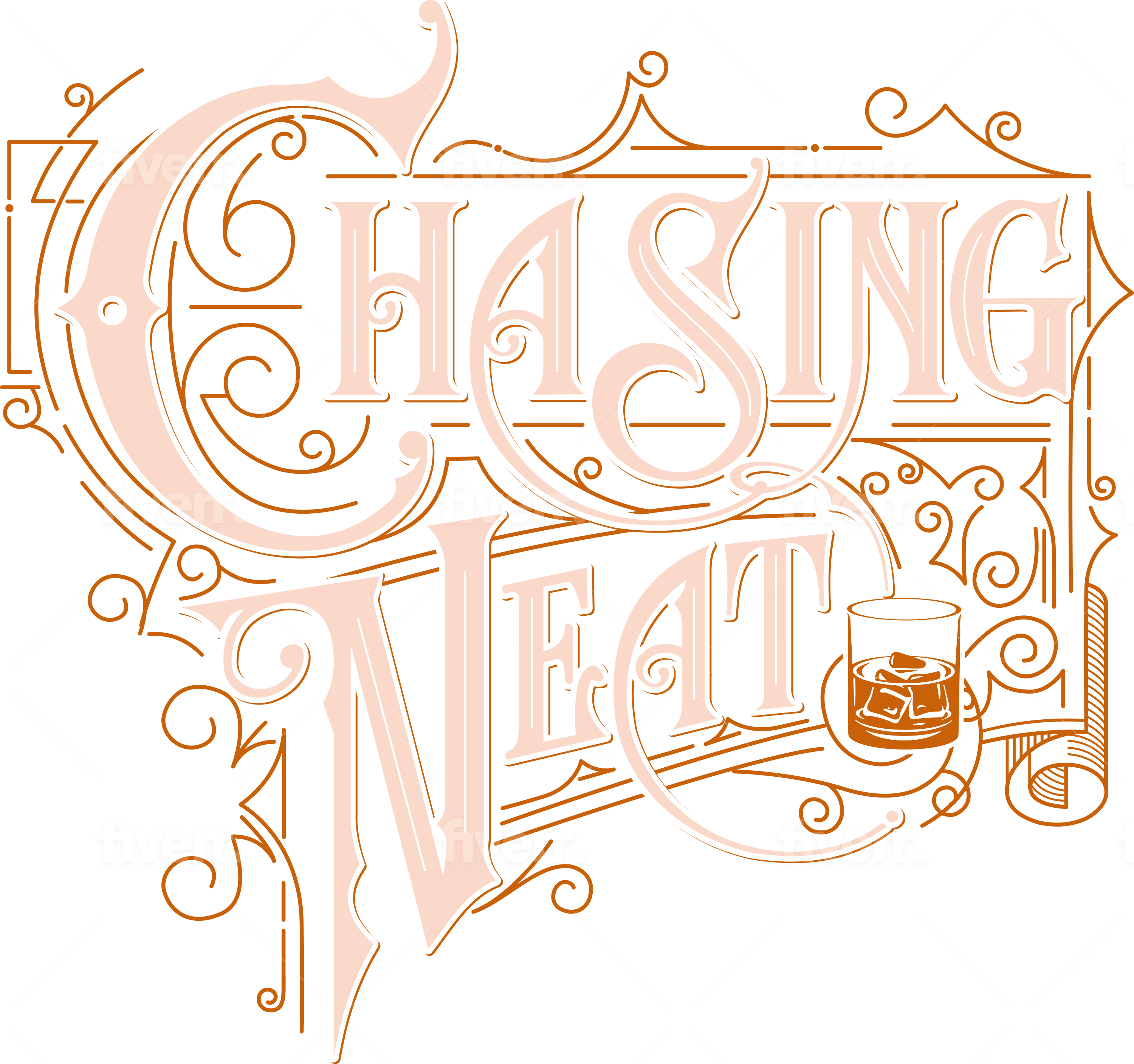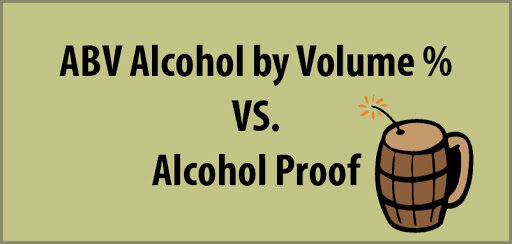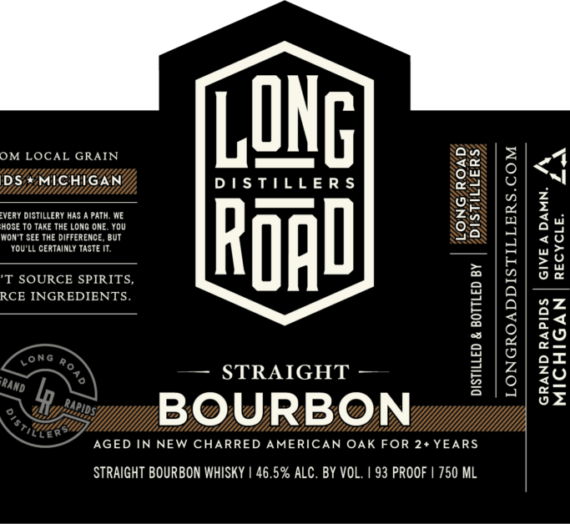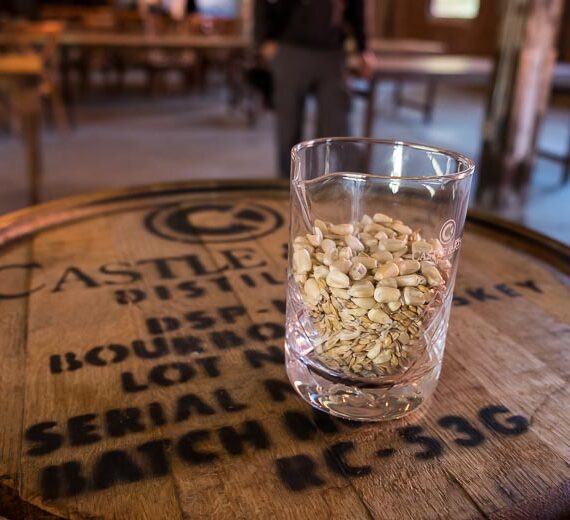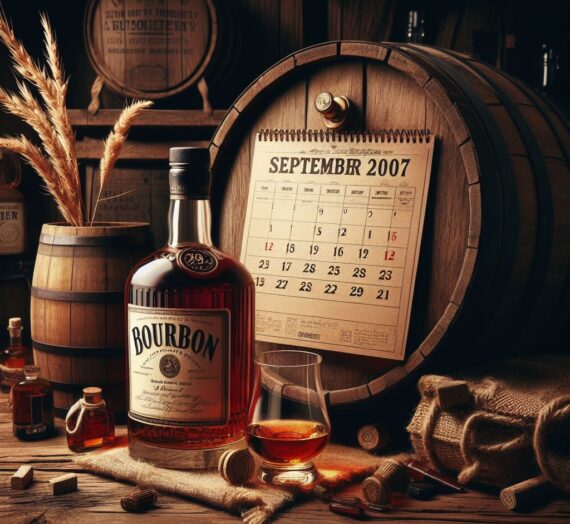PROOF is determined by alcohol by volume (ABV) on a scale of 200, or twice the percentage of ABV. But did you know what was originally “proved” by a spirit was its ability to burn gunpowder? Beginning in the 1500s, the English government, who would tax a spirit differently according to its alcohol content, would soak a gun pellet in the liquid. If it could still burn, the spirit was rated “above proof” (around 57% ABV) and therefore taxed higher.
The Scientific Method
In the UK, the proof system for testing alcohol content was eventually replaced by measuring specific gravity, with a standard being agreed upon in 1816. By comparing the density of an alcoholic spirit with that of distilled water at the same pressure and temperature, is possible to accurately measure a spirit’s alcohol content. A spirit at 100 proof was measured to be approximately 57.1% alcohol by volume or ABV.
In 1824 the French chemist, Joseph-Louis Gay-Lussac proposed a sensible proof scale based on ABV, where pure water was considered ‘0 proof’ and pure alcohol or 100% ABV was considered ‘100 proof’.
In 1848 the proof system in the United States was established, where the standard was defined as: 50% alcohol by volume = 100 proof. In the U.S. it is not required to declare the proof on the label, only the ABV. Nearly all spirits still indicate a proof (and therefore both numbers) as that value is historical, widely used, and more meaningful for comparison.
